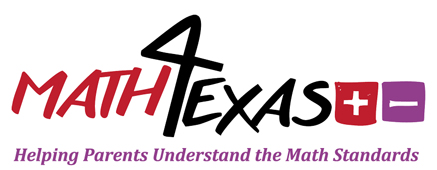T.I.P.S.
-
 Students should be able to count a set of objects and determine that the last number they counted represents the quantity of the set. For example, a student counts 1 red bear, 1 blue bear, 1 red bear, 1 green bear, 1 green bear, 1 blue bear, 1 red bear, and 1 green bear in a set and states there are 8 bears. If the bears are rearranged such as 1 red bear, 1 red bear, 1 red bear, 1 blue bear, 1 blue bear, 1 green bear, 1 green bear, and 1 green bear, the student should understand and realize the set still contains 8 bears regardless of how they arranged.
Students should be able to count a set of objects and determine that the last number they counted represents the quantity of the set. For example, a student counts 1 red bear, 1 blue bear, 1 red bear, 1 green bear, 1 green bear, 1 blue bear, 1 red bear, and 1 green bear in a set and states there are 8 bears. If the bears are rearranged such as 1 red bear, 1 red bear, 1 red bear, 1 blue bear, 1 blue bear, 1 green bear, 1 green bear, and 1 green bear, the student should understand and realize the set still contains 8 bears regardless of how they arranged.
Example
-
David took the following gummy bears out of a candy bag and counted how many there were. How many gummy bears were taken out of the candy bag?David’s friend, Gary, counted the gummy bears to shown below to check David’s counting.Explain how the two sets of gummy bears are alike (similar) and different.Hint
Possible Solution
Digital Tools
-
Click on the following links for interactive games.
Resources
-
Click on the following links for more information.
TEKS
-
K.2 Number and operations. The student applies mathematical process standards to understand how to represent and compare whole numbers, the relative position and magnitude of whole numbers, and relationships within the numeration system. The student is expected to:
(C) count a set of objects up to at least 20 and demonstrate that the last number said tells the number of objects in the set regardless of their arrangement or order





 Click
Click 

